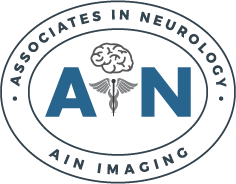Multiple sclerosis (MS) is a condition that affects the system of nerves, which facilitates communication between the brain and the rest of the body. The neurological condition not only affects physical health but can also have a significant impact on mental well-being. Depression and anxiety are common among individuals living with MS, which can affect
Read MoreBlog
When to See a Neurologist: Recognizing Signs that Require Neurological Attention
A neurologist is a medical professional specially trained to diagnose and treat conditions affecting the brain and nervous system. These conditions can range from mild headaches to severe neurological disorders that can result in paralysis or death. If you or someone you know is experiencing symptoms that suggest a neurological problem, seeing a neurologist as
Read MoreSpeech Therapy for Cerebral Palsy: Communication Strategies and Techniques
Cerebral palsy is a neurological disorder that affects muscle coordination and body movement. It is caused by brain damage before, during, or shortly after birth. Though primarily known for its impact on the ability to move muscles properly, cerebral palsy can also make it difficult to speak or communicate clearly. When it comes to overcoming
Read MoreAddressing Communication Challenges in Cerebral Palsy
Cerebral palsy (CP) is a neurological disorder that affects sensory and cognitive development. Two areas individuals with cerebral palsy can have difficulties with are movement and communication. Therefore, there are physical and communication challenges in cerebral palsy. Communication is a fundamental aspect of human interaction, and finding effective ways to communicate can significantly enhance the
Read MoreAdvancements in Neuroimaging: High-Resolution MRI and Beyond
Neuroimaging is the process of producing images of the brain with the use of imaging techniques. Advancements in neuroimaging allow doctors to study the brain and its function and play a crucial role in identifying abnormalities associated with neurological conditions. Brain injuries, spinal cord tumors, strokes, and aneurysms are all evaluated with the help of
Read MoreAssistive Technology for Cerebral Palsy: Tools for Independence
Cerebral palsy is a neurological disorder that can make individuals who have been diagnosed with it experience challenges with relation to movement and communication. People who have cerebral palsy often need assistance with everyday tasks, which means a lot of them are unable to live independently. However, with the help of assistive technology, individuals with
Read MoreDecoding Disease-Modifying Therapies (DMTs): How They Work and Common Types
Disease-modifying therapies (DMTs) are advanced treatments used to slow down the progression of diseases. The aim of DMTs is to target the pathology of the disease, not as a cure, but as a way to slow its progression and to make the symptoms more manageable. DMTs can be part of a comprehensive treatment for patients
Read MorePhysical Therapy for Cerebral Palsy: Improving Mobility and Function
Living with cerebral palsy can present unique challenges, especially when it comes to mobility and function. However, physical therapy has proven to be a valuable tool in improving the quality of life for individuals with cerebral palsy. Through targeted exercises and therapies, physical therapists can help enhance mobility, reduce pain, and increase independence. Let’s dive
Read MoreRecognizing Stroke Symptoms: The Importance of Acting Fast
When it comes to stroke, every second counts. Acting quickly can make all the difference between life and death, or between full recovery and long-term disability. It’s crucial to recognize the symptoms of a stroke and take immediate action. In this article, we will explore the importance of recognizing stroke symptoms and the steps you
Read MoreUnderstanding Cerebral Palsy: Causes, Types, and Treatment Approaches
Cerebral palsy (CP) is a neurological condition that can affect movement, coordination, and muscle tone or posture. The condition is the most widespread motor disability in childhood and is thought to affect between 5,500 and 13,100 children in the U.S. each year. While CP is a lifelong condition, early intervention and appropriate management can significantly
Read More











